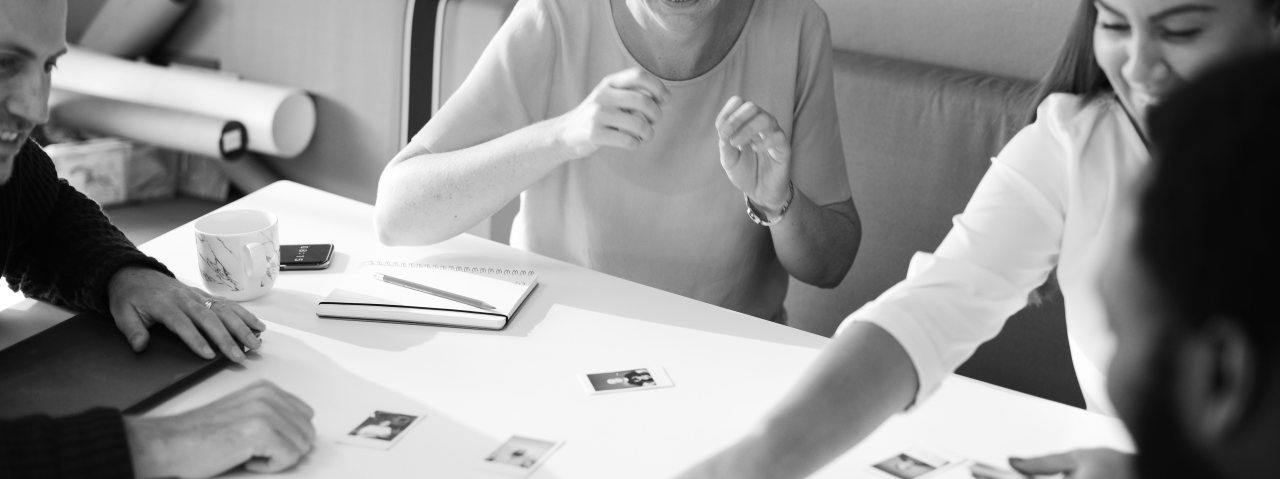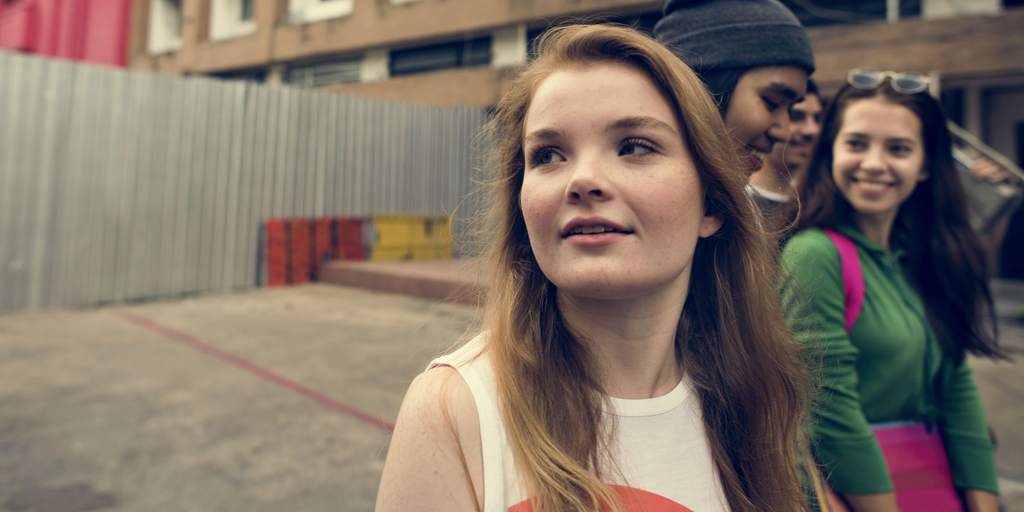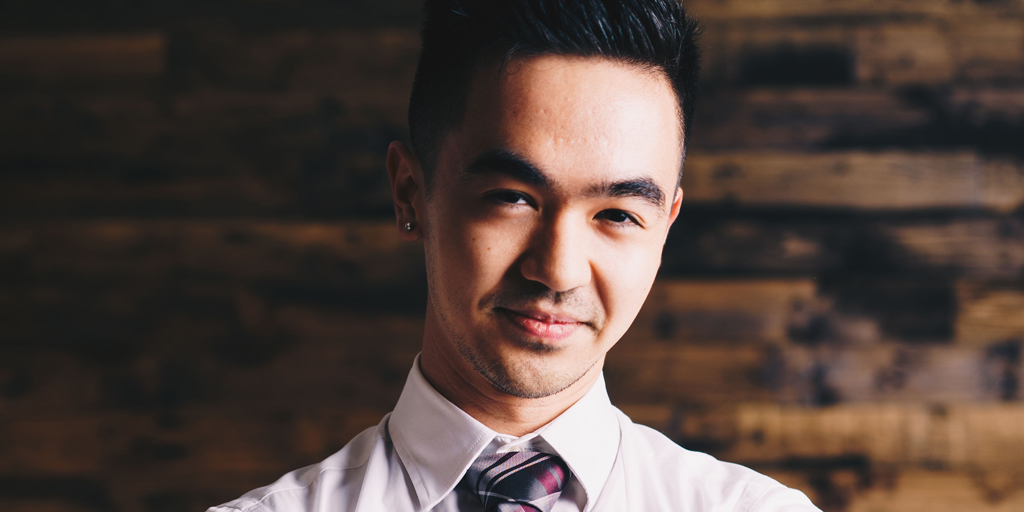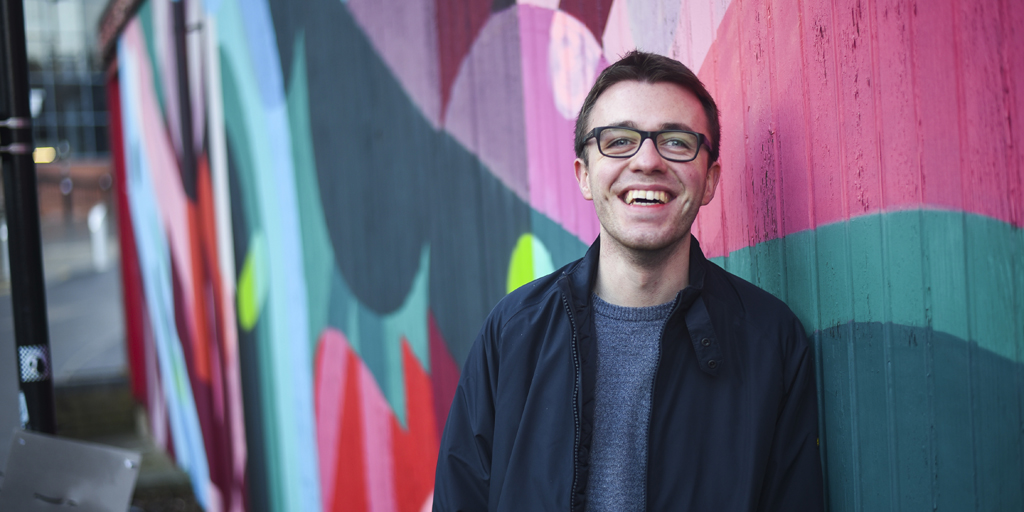Picture Desk Assistant Jobs
Picture desk assistant jobs… did you know?
Similar jobs: assistant picture researcher
Think of any big publisher or magazine you can mention. They could work in print, they could work online. How do they come up with the pictures that go with news and features to help tell a story? The pictures don’t happen by magic. They have to be found from somewhere, and the publication has to be allowed to use them. That’s where you come in as a picture desk assistant or assistant picture researcher.
It’s your job to support the picture editor in using image libraries and digital software to source, create and edit images that make copy come alive.
Creative and Design Careers Digital CareersPicture desk assistant job trends
How much money can you make as a picture desk assistant?
£18,000 – £40,000 (UK average)
Recent labour market information says you can earn on average between £18,000 and £40,000 a year as a picture desk assistant (later progressing to photo editor or a similar role) in the UK.
Your starting salary can vary because of factors like level of experience, training, location or the size of the company. Your salary will increase over time as you build skills, knowledge, and experience.
What entry qualifications and training do you need?
School, college and training
School, College and Training
You don’t need any formal qualifications to become a picture desk assistant. Picture editors often look for those with picture research experience, but what if you don’t have any yet? You can still show them you are suitable for the role.
Because publications work so much with words, you will be expected to have five GCSEs at passing grades 9-4 (A*-C) or their equivalents including English and maths. Design and art-based subjects may show you have a natural visual eye and wish to progress in a visual art-related career, but they are not essential.
It will also help if you have A-levels and a degree related to writing, journalism or art. Again, they are not essential. However, if you have no picture desk experience, they will demonstrate to employers that you are serious about a career in the world of publishing, and will do your best to progress and learn if they take you on in a picture desk assistant role.
Apprenticeships
Some picture desk assistants get started in this career through an apprenticeship. You’ll typically get structured training while you work and earn, and industry-recognised qualifications. There are many art and design apprenticeships – and journalism apprenticeships - available, and not all of them need you to have qualifications to apply.
While at school or college, speak to your careers advisor about useful training and/or courses for you to take and find out more about the types of career routes available.
Career progression
With time and experience you could become an assistant picture editor, and then a picture editor or photo editor. You could stay in publishing, or move to advertising agency work. You could also use your experience and industry contacts to become self-employed or set up your own picture/art/design agency.
The Professional Publishers Association offers tips and advice for starting your career in magazine publishing.
What experience do you need for picture desk assistant jobs?
Work experience
It can help you decide if this is the right career for you if you have previously done work experience in a publishing environment.
Work experience is very useful for this role, because it helps you show employers you are motivated to progress in a publishing career. Any publishing work experience will help you get a feel for workplace culture, and build up your skills and knowledge of how a publishing team produces features at scale (i.e. lots of them) and to schedule (because there’s no point featuring a Christmas-themed story in June).
Any work experience where you have demonstrated your publishing skills can help your application.
Examples of relevant work experience include:
- Work shadowing (even if it’s just for a day)
- Work placements in a company
- Year-long industry placements on a sandwich degree course
Volunteering and extra-curricular activities
Volunteering is a useful way to gain publishing or picture editing experience. You can help out with the social media account of a family friend's small business, or choose and edit the copyright-free images for their website using an online copyright-free stock image library. When you volunteer for any organisations, ask if you can help with their social media, imagery or website.
As a picture desk assistant you will may be used to create and edit imagery using software like Photoshop and InDesign. You can help your CV shine but getting free trial versions to practice on, so you can say you have practical knowledge of this software when you apply for work experience or assistant jobs.
Experience in using social media to get high engagement (likes and shares) will really help you in your application. That’s because you will probably be expected to source, edit and create imagery to share across social media – so any proven experience of being able to do this will help your CV stand out.
What skills do you need for picture research jobs?
What life and work skills do you need to make a great picture desk assistant?
Useful skills to highlight and develop in this career include:
- Good problem solving skills and an enquiring mind – you’ll be sourcing some quite niche imagery from time to time, and will sometimes need to think in an abstract way. As an example, how would you choose powerful imagery for a feature on child neglect without offending or traumatising readers?
- Good organisation skills – you will need to keep track of any imagery sourced using the work processes of the publication you are working on. You may also be in touch with a range of picture agencies and organisations, so being able to keep track of things is key.
- Teamworking skills – you’ll be working as part of a team, supervised by a picture desk editor or another team leader. It’s important for you to get on with people, work hard in a busy environment, and learn the publication’s way of doing things.
- Self-management skills – you will need to use your initiative and work without always being watched by your team leader, and you will need to work to tight deadlines.
Vocational qualifications and work experience will help you build these skills over time.
You can start to build these skills right now when you sign up with Youth Employment UK to get free Young Professional training.
What does a picture desk assistant do?
Some day-to-day job responsibilities include:
- Extensive picture research for digital and print content
- Research from the publication’s archives
- Create and edit imagery using Photoshop and InDesign
- Generate ideas for picture and video content across social media
- Assisting with office tasks when needed
- Administration and support for both commercial and content teams
- Building an understanding of available stock image libraries. Large publications may use libraries like iStock or Shutterstock as a paid service. They may also use copyright-free image stock libraries where they are allowed to use the images but may need to provide photo credits to use the images legally.
Your first steps into picture research jobs
Picture research jobs are advertised under different job titles. When you’re looking on job boards, look for the following types of job:
- Picture desk assistant
- Assistant picture researcher
- Administrative assistant, publishing
- Editorial intern
- Assistant picture editor
All these types of job can be a good match for your skills as a picture desk assistant.
Useful organisations and links
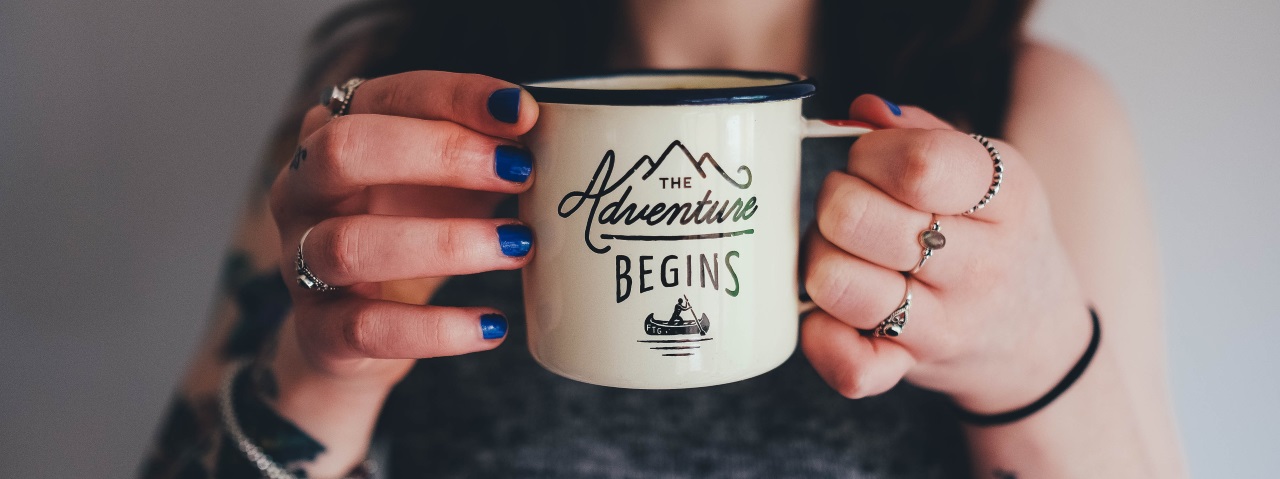
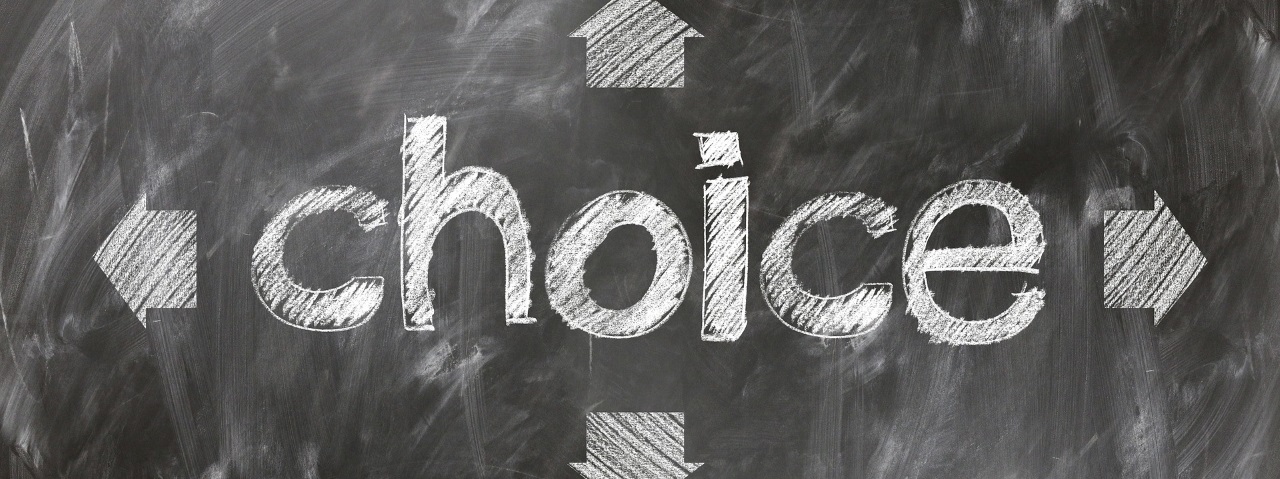
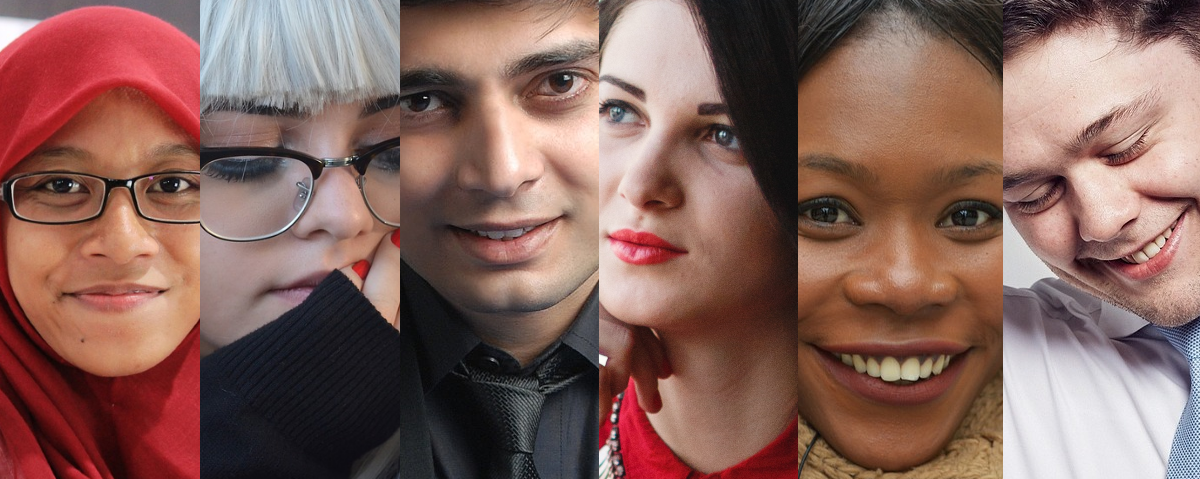
So what are you waiting for? Grab your future.

